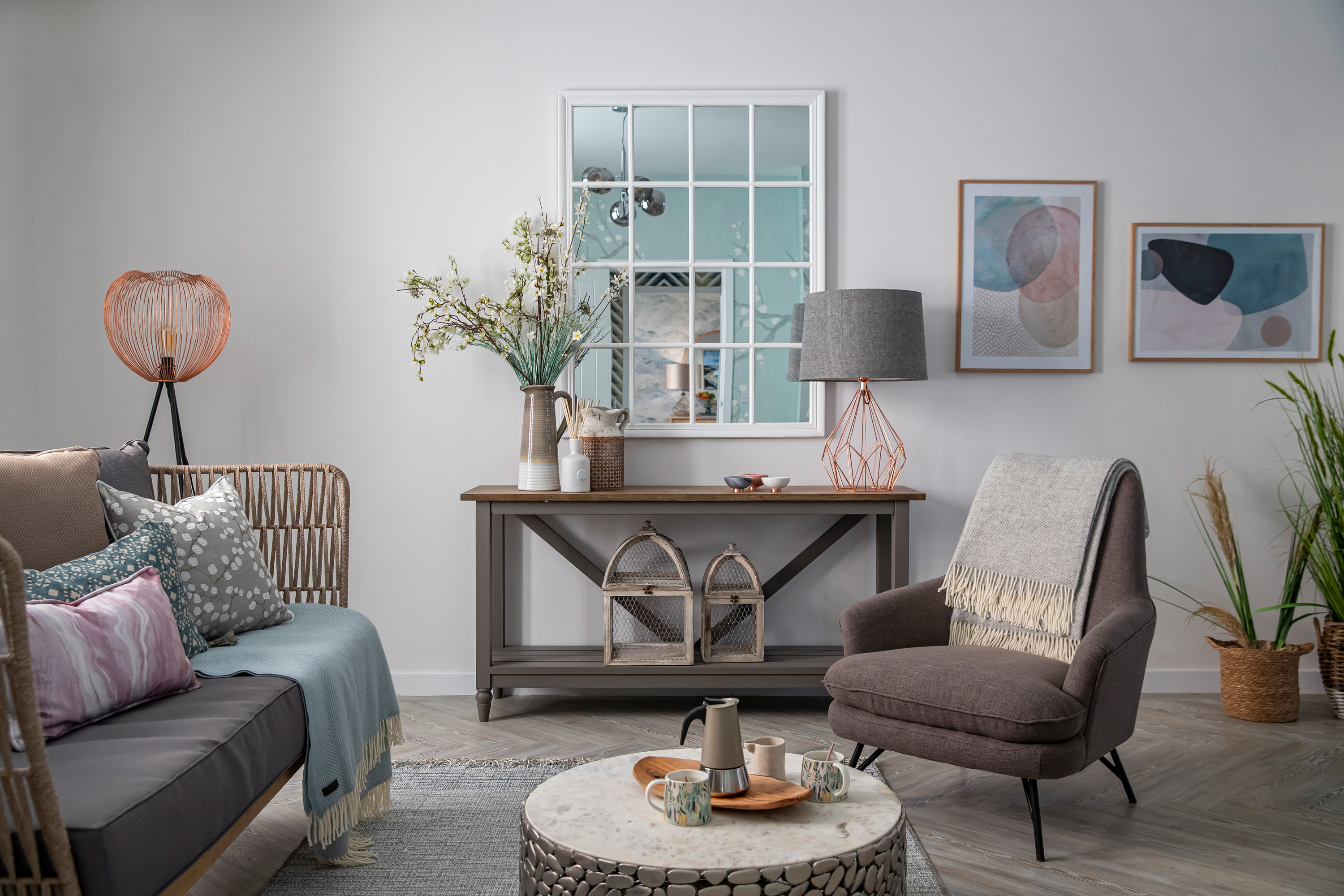The art of secure wall-mounting

Moving into a new house is an exciting occasion, but your new blank canvas will inevitably require personalisation. That’s easy when it comes to rugs and ornaments, but more challenging in terms of wall-mounting items. Newly completed plasterboard walls need time to dry out and harden, yet the presence of kitchen cabinets demonstrates that any internal wall is theoretically capable of holding up heavy objects.
So how should you approach the challenge of wall-mounting items? After all, there’ll be plenty to mount. From coat hooks to curtain rails and cabinets, many household objects look better on a wall. Wall-mounting items also frees up floor space, exploiting an often-underutilised resource in many rooms. Counting the number of objects on the floor and comparing it to the empty space a few feet higher up can reveal striking imbalances in how rooms spaces are utilised.
We can all do more to maximise space-efficiency, then. But how can we ensure the things we mount won’t fall down next week in a shower of plaster dust?
Mirror, mirror, on the wall
The secret is to give the wall some help with its weight-bearing duties. Don’t tap a thick nail into fresh plasterboard and expect it to cope with the weight of a large mirror, or assume two small screws will keep a floating shelf in situ. A nail or screw will be fine for a small picture, but it won’t suffice if the object weighs more than a few hundred grams, or if you’re going to be exerting pressure on it. Think about a key rack, where you’re lifting objects on and off, inadvertently applying pressure in the process.
Typical plasterboard is 12mm thick, mounted onto vertical wooden batons positioned around 600mm apart. The plasterboard itself is inherently brittle, so the best way to mount heavy objects is to locate the stud batons and drill into them as well. Buy a low-cost stud detector or run a magnet over the wall until it sticks in place – this will indicate it’s found a screw drilled into the baton. You might have to compromise on where you position heavy objects, but it’s better for them to be securely mounted than perfectly central.
Blinded by science
Many plasterboard wall fixings open out once they punch through the plaster, anchoring themselves into position behind the scenes. Generally, higher prices mean particular fixings can bear higher weights. Manufacturers will confuse you by talking about kilograms, Newtons and other measurements of load – ignore these, and focus on length. A 40mm or 60mm rawlplug will have a better purchase on the screw inside it than a shorter one, anchoring itself more effectively behind the plasterboard. Two of these heavy-duty plastic plugs could support a TV or a microwave oven on a shelf or bracket.
If you want the ultimate in reassurance, hollow wall anchors open out like umbrellas as they’re inserted into a wall. This spreads the weight of the objects they’re holding across a larger section of plasterboard. Spring toggles and snap toggles do a similar job, but they require a much bigger hole and cost more money. Your third option is core fix rawlplugs, whose steel core nestles inside a plastic plug to provide a solid connection between the plasterboard and the baton/brickwork/breeze block behind it.
And finally…
Self-drill plug fixings (known in the DIY trade as helter-skelters) rotate into plasterboard at the turn of screwdriver, but they dislodge surrounding plaster as they spin. They’re fine for mounting or suspending lightweight objects, but don’t attempt to hang a mirror using one. If the plaster weakens and fails – which it often does over time – you could very well have seven years of bad luck!!!
Back to Latest Posts




